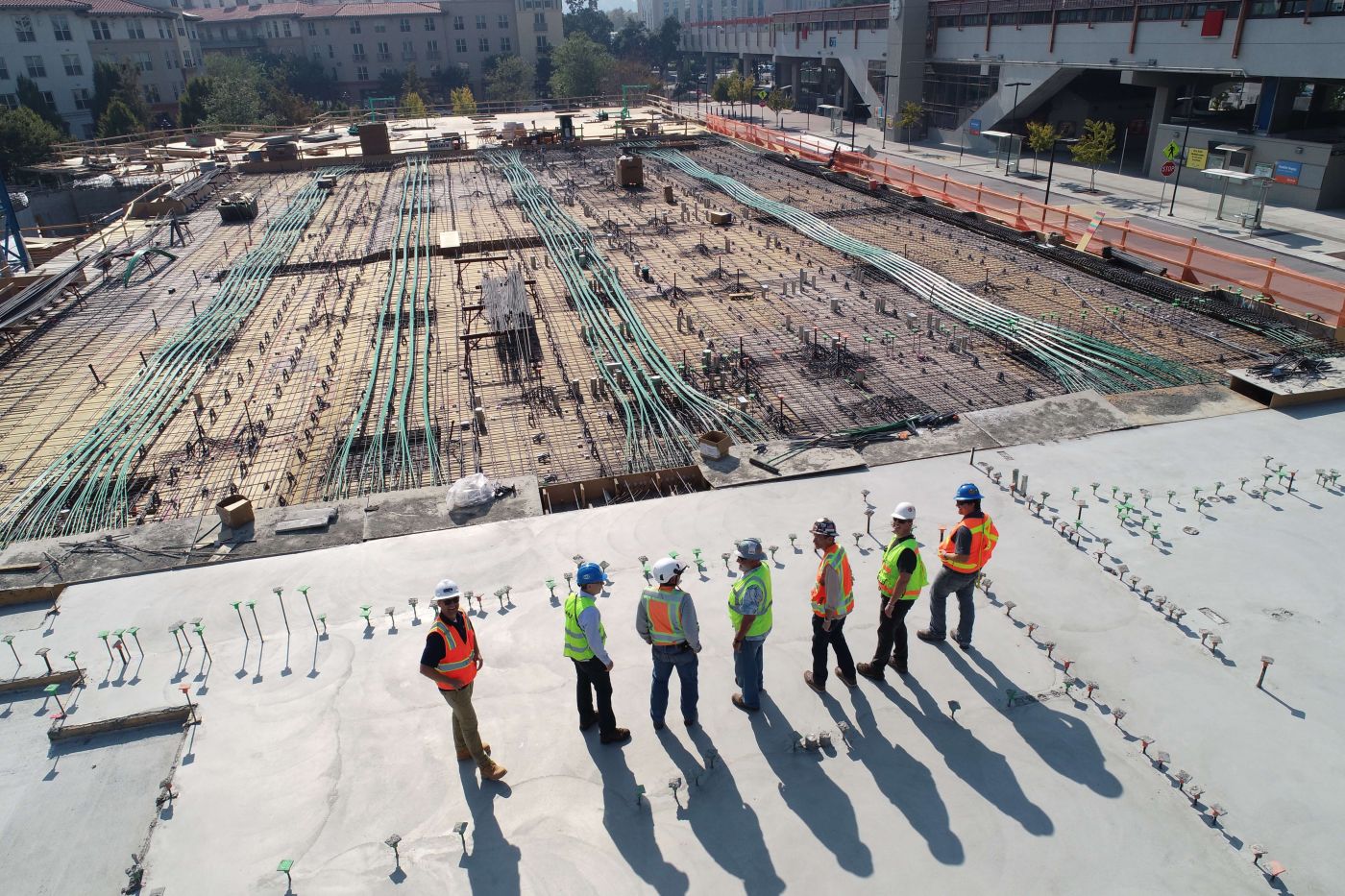
Common Causes of Construction Litigation
Construction litigation occurs when a construction company and a client involved in a project cannot resolve a dispute. Unfortunately, these types of cases are common and often involve a breach of contract, fraud, recklessness, negligence, or failure to deliver agreed-upon services or products.
If you can’t come to an agreement about the terms of a project or the construction team has failed to uphold their end of the deal, contact William B. Hanley, Attorney at Law for legal counsel and representation. He proudly serves the legal needs of business owners in Orange County, Los Angeles County, and San Diego County.
6 Common Causes of Construction Litigation
1. Contract Errors or Omissions
Regardless of how meticulous people are in checking and double-checking contracts, mistakes occur. Some mistakes can have devastating legal consequences and cause both parties to end up in litigation for several months. During litigation, the court decides which party committed the error and how the error led to the resulting damages.
2. Delays
Delays are one of the most common causes of construction litigation. They can occur as a result of weather, budget and material shortages, overbooked crews, unreliable subcontractors, or unexpected changes in structural design. A delay can cause a client thousands of dollars. As a result, litigation may be necessary in order to recover any financial losses.
3. Quality of Work
Construction companies in California must adhere to the highest safety and industry standards to ensure that the finished product meets all project specifications. A contractor that fails to meet standards may be liable for design flaws that hurt the client’s reputation or put building occupants at risk.
4. Materials Used
Construction estimates or contracts must specify the materials used to build the structure. If a contractor fails to use the materials outlined in the contract and substitutes the stated materials with lesser-quality materials, they can give the client grounds for a dispute. Low-quality materials can affect the safety and sustainability of the building.
5. Abandoned Project
There are circumstances where a construction company may abandon a project. For instance, a client may violate a payment or fee schedule, causing the construction to run out of funding for the project. However, abandonment without legal cause can be grounds for a lawsuit and disciplinary action from the courts.
6. Non-Payment
A contractor may complete a building project according to specifications, meeting all safety and industry standards. However, they may not receive payment from the client. In these cases, the contractor can take legal action against the owner of the property. A judge may also grant a lien against the property until the project is paid in full.
Recourse in Construction Litigation Cases
When a claimant files a lawsuit against a construction company or a client, they may pursue compensation in one of two ways:
1. Mediation
Mediation is a form of conflict resolution in which both parties work with a third-party mediator to settle a dispute. The mediator has no vested interest in the outcome and is qualified to facilitate the mediation. In this particular case, the mediator may have extensive experience either working in the construction industry or handling construction litigation cases.
The mediator does not decide the outcome of the case. Their role is simply to facilitate the dispute. Each party ultimately settles the dispute on their own terms. Mediation is faster and less expensive than arbitration or litigation. It does not require involvement from the courts. Therefore, the outcome can be equitable for both sides.
2. Litigation
A second option for claimants in a construction dispute is litigation. During construction litigation, both parties appear before a judge or jury, who will decide the outcome of the case. The judge’s decision is final and legally binding – both sides must adhere to it. Litigation is necessary if both parties cannot settle the dispute, and one files a lawsuit against the other.
Litigation does ensure that the dispute is resolved. However, it can also be high risk, resulting in large damage awards or decisions that only favor one party. Litigation can also damage the reputation of either party, depending on if the case receives attention from the media or the public.
Experienced Construction Litigation Attorney in Irvine, CA
William B. Hanley, Attorney at Law, works with clients in all types of construction litigation cases and has been serving clients across California for over 45 years. His comprehensive knowledge about the details and nuances of California's business laws makes it possible for him to handle even the most complex construction litigation cases. Call today to discuss your case and review your legal options. Get a free case review from a construction litigation lawyer in Irvine, California.
